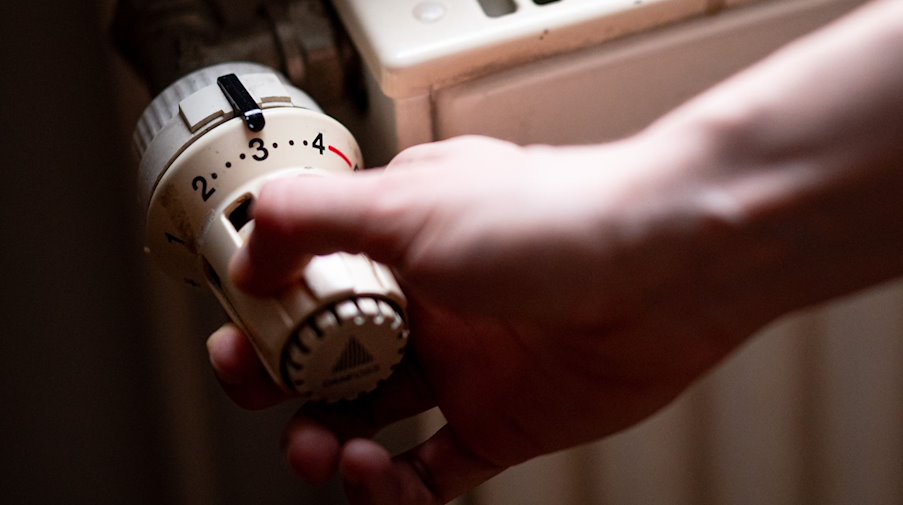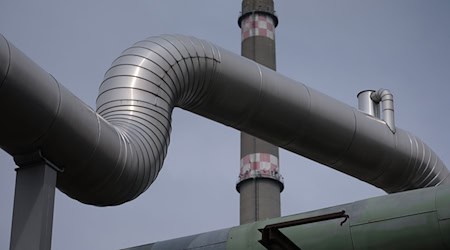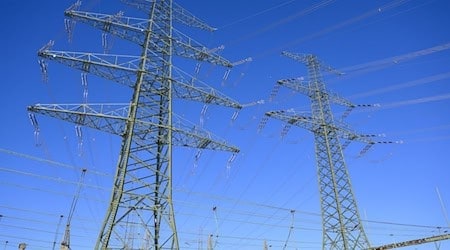The proportion of households in Saxony with modern heating has increased. This is the result of a regional evaluation of the study "How does Germany heat?" published on Friday by the German Association of Energy and Water Industries (BDEW). According to the survey, 23.3% of heating systems in Bavaria are five years old or younger. In 2019, it was only 13.8%.
At the same time, the proportion of particularly old heating systems with a service life of more than 25 years has risen - from 16.5% to 28.2%. On average, heating systems in homes in Saxony are 14.6 years old (2019: 16.6).
According to the association, there are major differences between the various technologies: on average, oil central heating systems in Saxony are 21.2 years old, gas central heating systems are 13.4 years old and other heating systems are 13.1 years old.
Additional heating sources are used in around a third of homes in Saxony. Fireplaces remain particularly popular (40.4 percent), followed by wood and pellet stoves (20.2 percent) and coal stoves (18.6 percent).
The German government, made up of the SPD, Greens and FDP, wants to ensure that heating in Germany becomes more climate-friendly with the Building Energy Act and municipal heat planning. The law aims to gradually make heating in Germany more climate-friendly by replacing oil and gas heating systems.
It stipulates that every newly installed heating system must be powered by 65% renewable energy in future. The law will initially only apply to new-build areas from 2024. For existing buildings, municipal heating planning is to be the linchpin, which is to be introduced gradually.
Copyright 2023, dpa (www.dpa.de). All rights reserved










